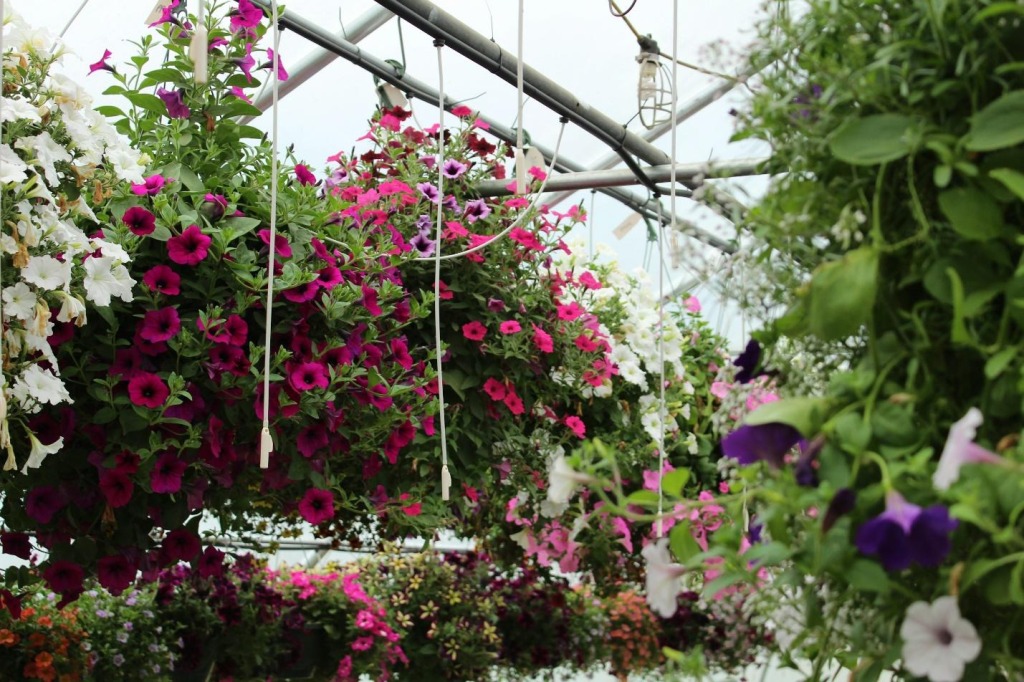Extreme heat is exhausting not only for you, but also for the plants because they cannot withstand especially when a limit is crossed. Extreme temperatures will cause increased stress and even damage your plants because while they love sun and warm weather, they are far from fans of drastic changes and summer heatwaves.
Suppose a heatwave was forecasted you should do your best to protect your plants because it’s challenging for them to survive in these conditions. And if you aren’t prepared for what it’s about to come, this article will definitely help because it provides you with some recommendations that will enable you to protect your plants.
Let’s get started.

Learn how to water your plants
Your plants need water to survive; during summer, they need it more than any other time of the year. To figure out when it’s time to water the plants, you should check the soil in plant pots daily by pushing a finger into the soil. It’s time to water them if the first two inches below the surface are dry. Depending on the plants you have, it might be better to deep soak them once a couple of days rather than sprinkling water daily on the surface. However, to ensure that you water them properly, you should search for information online to understand each plant’s particular needs.
It would help if you created ridges in the pots because they will function like bowls and keep the water from running away over the surface. This way it will soak into the soil and reach the roots providing the plants with the necessary nutrients. You could also sink some small bottles or old pots into the soil next to your plants, suppose you have the necessary space and pour water into them. They will retain it and wet the soil gradually.
If you have a garden and cannot water the plants daily, a solution is to install a drip irrigation system with a timer so you can control it. Container plants require greater attention than garden ones, especially during windy days, because the water evaporates faster from the soil.
Install shade cloths
When the sun is too hot you can move indoors or under a tree to hide from its burning rays, but your plants cannot do it, so you should bring shade to them. An easy way to reduce the intensity of sunlight during heat waves is to install cloths to create shade for the outdoor plants. The too-bright sun will beat down your plants, even if they usually love warmth because it scorches their leaves. A shade cloth will enable moisture retention and keep the soil cooler in the pots. Also, you can install them strategically to allow airflow and sunlight to reach the plants and keep them happy the entire summer. You can find shade cloths at the local store and they are usually inexpensive. And the great part is that you can reuse them next summer because they are pretty durable. When you install the shade cloths, make sure you don’t squish the plants and leave enough room for them to grow during the summer. You can use some garden hoops or wire arches to create tents.
Research what kind of plants thrive in your area
Even if you love how certain plants look, sadly they don’t thrive in any condition. Before planting new species, make sure to check their preferences so you can provide them with the best conditions. You will find out what kind of pots they require so you can visit elho and purchase them, the weather conditions they prefer, and how much water they need. It’s advisable to opt for plants that tolerate a warm climate better so you can spare yourself the stress and frustration seeing them dying brings.
If you have a garden or plenty of space on the balcony, you should grow beans, squash, tomatoes, or peppers, which love warm weather but will find it difficult to thrive in a hot climate. You might notice how they become stressed when the first heat wave hits.
Just because you cannot bring your favourite plants into the garden doesn’t mean you have to give up on them completely; you can search for local varieties that will perform better in the climate conditions.
Don’t forget about the mulch
You might find it surprising, but hot temperatures in the soil and root zone usually influence and irate plants. You might have noticed that most plants in the garden rebound and survive after the winter, even if they are a little bit frosty. But they will only bounce back slowly if their roots are protected, so you should focus on caring for the roots during the summer.
Mulching is essential because it protects the plants during summer by creating a layer of protection on top of the soil. In case you wonder what mulch is, it’s basically a layer of material you lay over the soil to act as a buffer against extreme temperatures and maintain soil temperature. During summer, it plays an essential role because it reduces runoff and evaporation, which makes it more difficult for water to dry off.
Visit the local shop and purchase enough mulch material to create about 2 inches of layers on top of the soil to ensure that the plants are safe during the next heatwave.
During summer, it’s essential to promote plant health
The secret to having a beautiful garden during summer is to grow healthy plants, says Spruce. Make a watering routine that will work the entire season and meet your plants’ needs. Make sure there are no compromised plants in the garden because they are the most sensitive to heat. If possible, remove them and bring them indoors where they can improve. Plants have immune systems which function similarly to humans and are susceptible to diseases and other negative factors like heat, frost, pests, and toxicity. Try to keep them away, and you’ll have a healthy and beautiful garden.





















